Vasundhara Sellamuthu is a London-based multidisciplinary artist whose practice bridges architecture, memory, and abstraction. With a background in architecture and art history, her work reflects a rigorous engagement with built environments, particularly those shaped by vernacular traditions and informal authorship. Sellamuthu’s art reimagines everyday structures, such as self-designed homes and domestic frames, collapsing the binaries of East and West, institutional and vernacular, authored and anonymous. The idea of “architecture without architects” is something highlighted in her practice as she draws on the improvisational, often precarious urban landscape of Indian cities like Chennai. Sellamuthu explores how marginalized or underdocumented architectural forms speak to larger narratives of cultural identity and postcolonial memory. These forms are not replicated literally but abstracted into shaped panels, screenprints, and sculptural assemblages.
Ready to Move narrates the relationship between the lived chromaticity of Tamil Nadu’s urban homes, hard-edge painting, and the irreverence of Memphis design, creating a transnational aesthetic discourse via the vivid convergence of visual languages and the precision of abstraction. Vasundhara Sellamuthu’s first solo show in India looks at the reimagination of the walls, facades and architectural motifs across towns and cities in Tamil Nadu and Kerala, observing how geometry is not just an aesthetic choice but a cultural negotiation. Presented in precisely cropped perspective views in a white-cube context, the three-dimensional reliefs query formal notions of surface, depth and the illusory space of painting. With playful echoes to minimalist painters including Kenneth Noland, Carmen Herrera, and Ellsworth Kelly, Sellamuthu further contends with received notions of art historical value, while establishing a dialogue between the grid and ornament, as well as modernism and local memory.
The colourful homes of Tamil Nadu and the visually striking ethos of Memphis design may emerge from vastly different geographies and histories, but are visually, conceptually and historically kindred. Ettore Sottsass, founder of the Memphis Group, drew significant inspiration from the vibrant domestic architecture of Tamil Nadu. The opposition to Bauhaus design was reflected in embracing kitsch and ritual geometrics. In peri-urban Tamil Nadu, vivid exteriors painted in lime green, ultramarine, orange or magenta are not coordinated by architects or master plans, but shaped through individual agency, informal economies, and social ritual. These homes form an aesthetic rooted in visibility, economics, and self-expression. Colour becomes a public signifier of familial preferences, economic mobility, and a desire to stand out within the dense visual field of the neighbourhood. Similarly, the Memphis design of the early 1980s, rejected the minimalism of modernism, opting instead for vibrant ornamentation, striking geometric shapes, synthetic materials, and a democratized approach to the use of materials and motifs. Coming from postmodern scepticism, Memphis design, much like the bright painted houses of Tamil Nadu, embraced kitschy palettes and a resistance to conventional design narratives.
In both cases, colour functions not merely as decoration, but as a social signal, a way of reclaiming visibility, identity, and rejecting minimalism. Sellamuthu’s work commemorates these formal links between the Memphis vocabulary (zigzag lines, modular forms, artificial hues), echoes to minimalist painting and the chromatic vocabulary of local Tamil Nadu home design, unpacking a parallel between non-canonical design traditions and global art and design history.
Architecturally, the brightly coloured facades found throughout Tamil Nadu are not mere embellishments but integral to a living vernacular design system. These surfaces form an essential aspect of spatial expression, intertwined with the developing principles of informal and self-built environments. Unlike modernist or colonial architectural forms, which prefer uniformity, neutrality, and a certain materiality, the architecture of these painted homes resists such prescriptions. Here, surface treatment is not separate from structure; colour becomes a form-giving element that reshapes the spatial perception of otherwise modest or modular buildings. The application of bold colour transforms simple concrete geometries into expressive spatial markers, enhancing legibility within the dense urban fabric and reflecting cultural engagement with the built environment. Colour also represents larger socio-economic trends. Paint serves as a cost-effective and versatile medium that allows the revitalization of architectural identity, particularly when access to professional architects or planning resources is limited. Therefore, painted facades embody an ongoing interaction with architecture as a continuous process rather than a mere endpoint. Structures develop through a constant dialogue with life experiences, economic factors, and the surrounding environment.
From the lens of postcolonial architecture, these homes challenge the authority of both Western architectural syntax and state-sanctioned building codes. Sellamuthu’s artistic rendition reflects on the idea of architectural purity while promoting individual expression and ambitions; a kind of generational design language shaped by families and local masons.
Architecture, painting and design here become deeply social and performative.
Arundhati Bhan
- Vasundhara Sellamuthu
- 5ht August to 6th September 2025
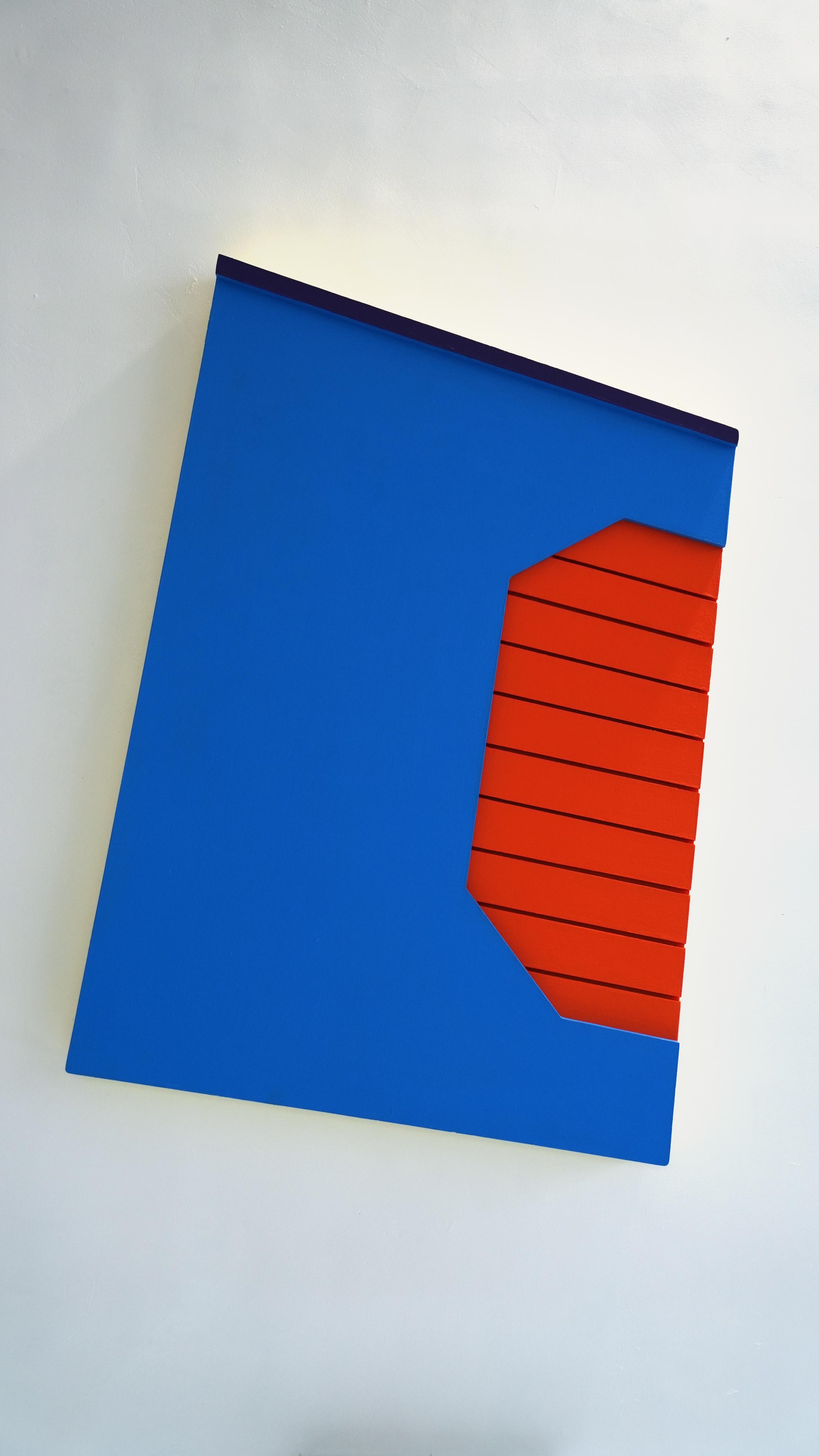
Blue and Orange, Acrylic and wall paint on wood bas-relief, 61 x 82.6 x 6 cm, 2025
Ready to Move
< Back
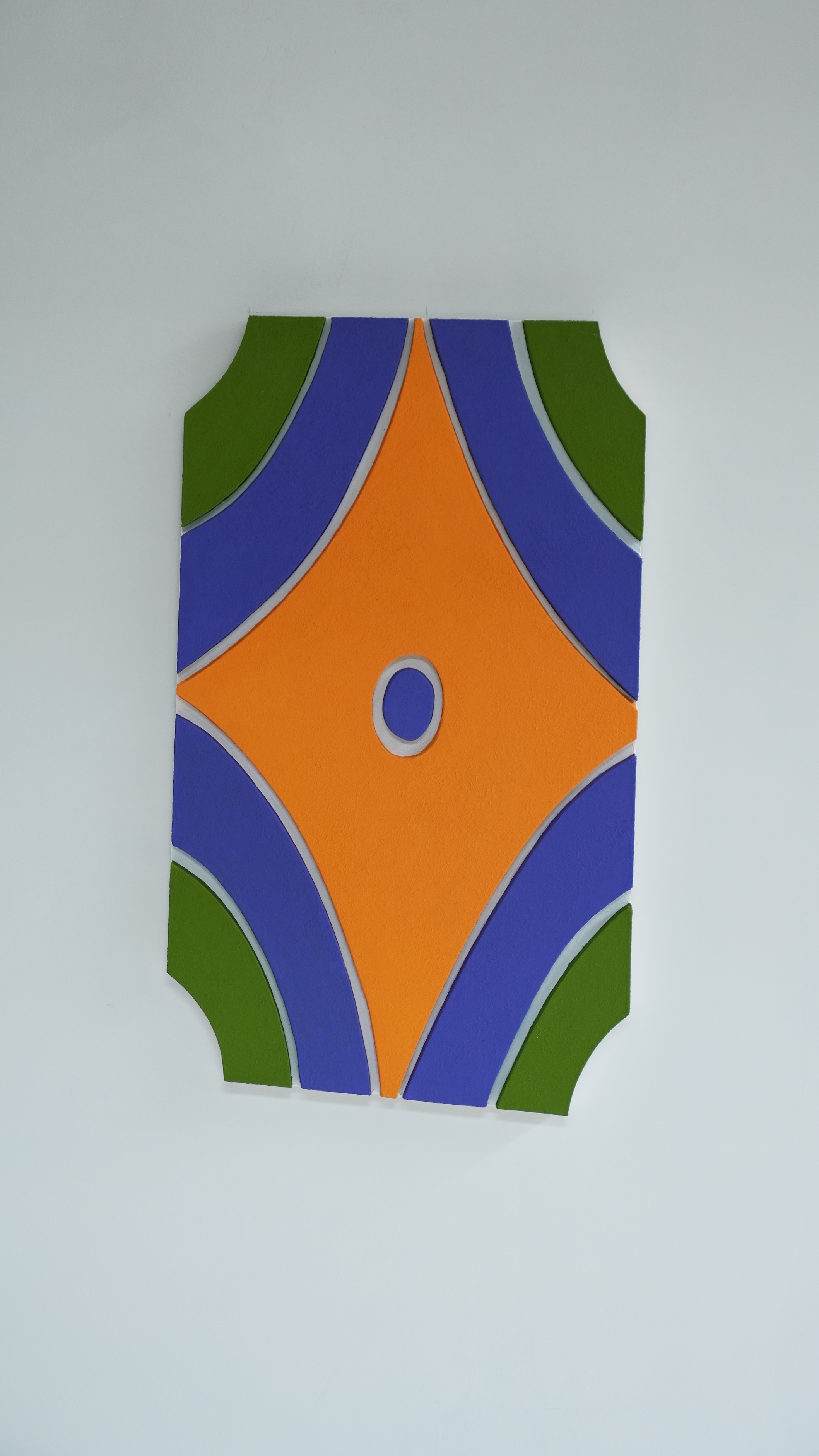
North Facing, Acrylic and gesso on wood bas-relief, 33.7 x 55 x 25 cm, 2025
Ready to Move
< Back
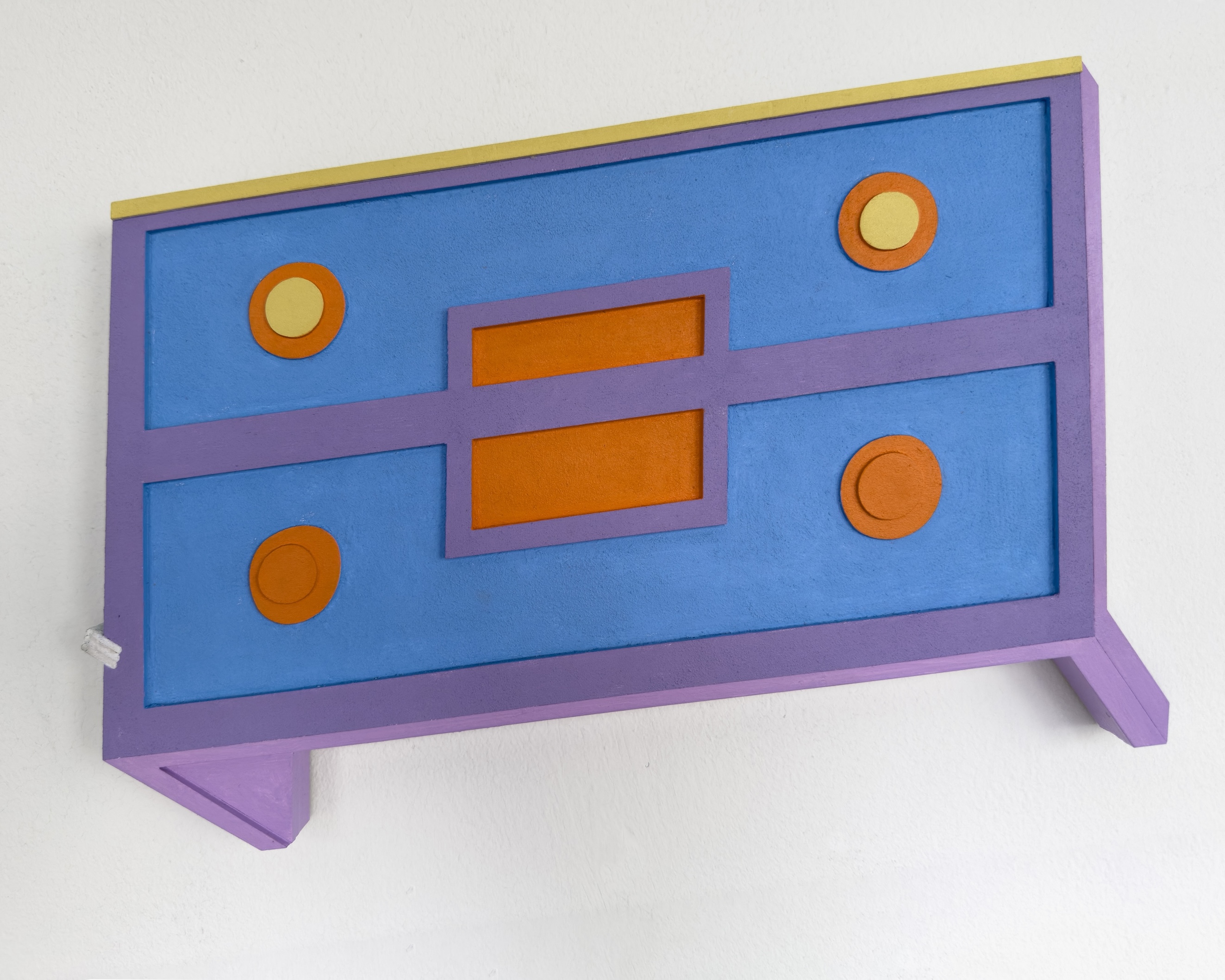
Bypass, Acrylic on wood bas-relief, 35.5 x 22.8 x 2.2 cm, 2024
Ready to Move
< Back
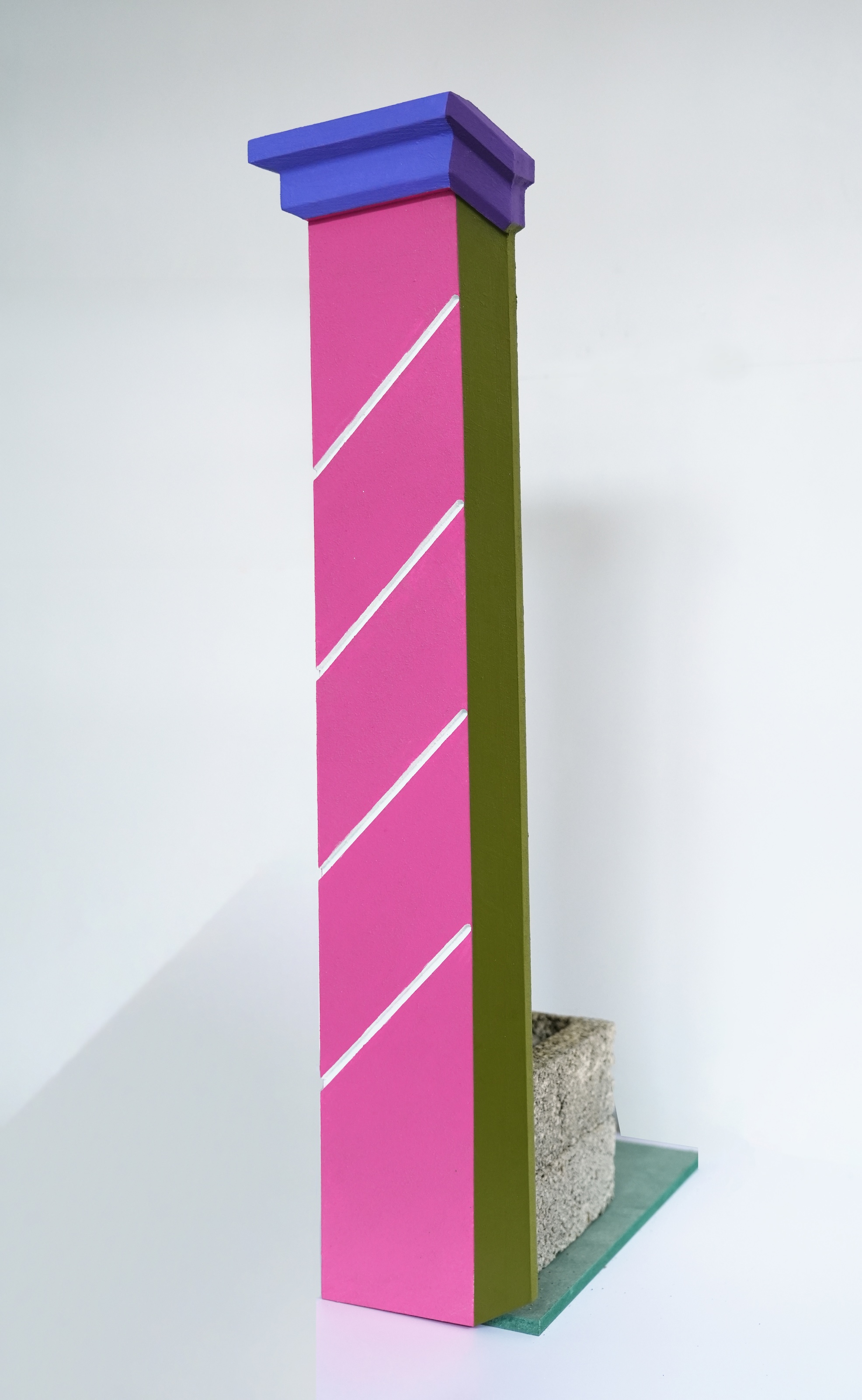
Anne, Acrylic on wood bas-relief, 21.3 x 84 x 40 cm, 2025
Ready to Move
< Back
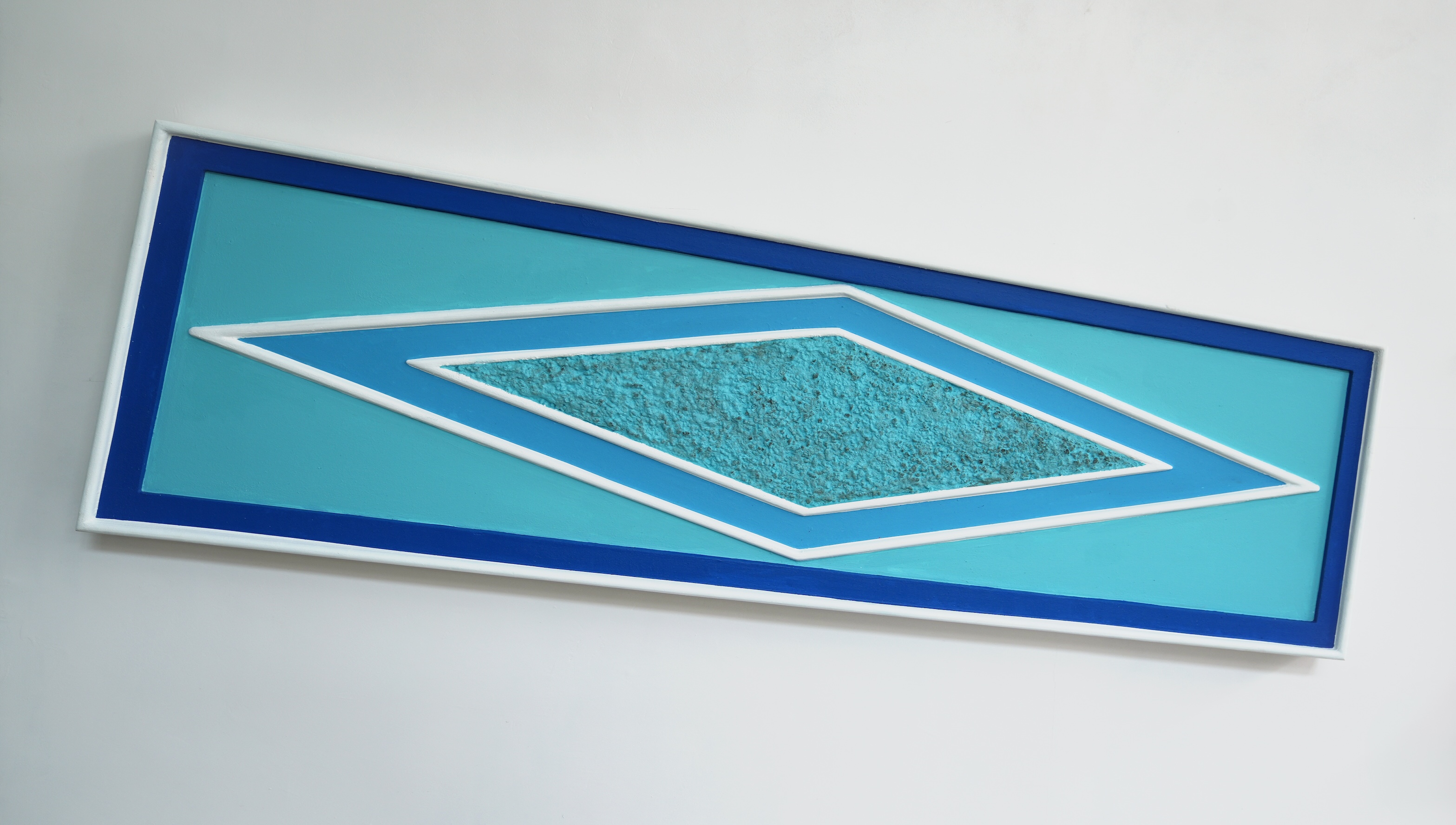
Nivas, Acrylic, gesso and wall paint on wood bas-relief, 61 x 145 x 6.8 cm, 2025
Ready to Move
< Back
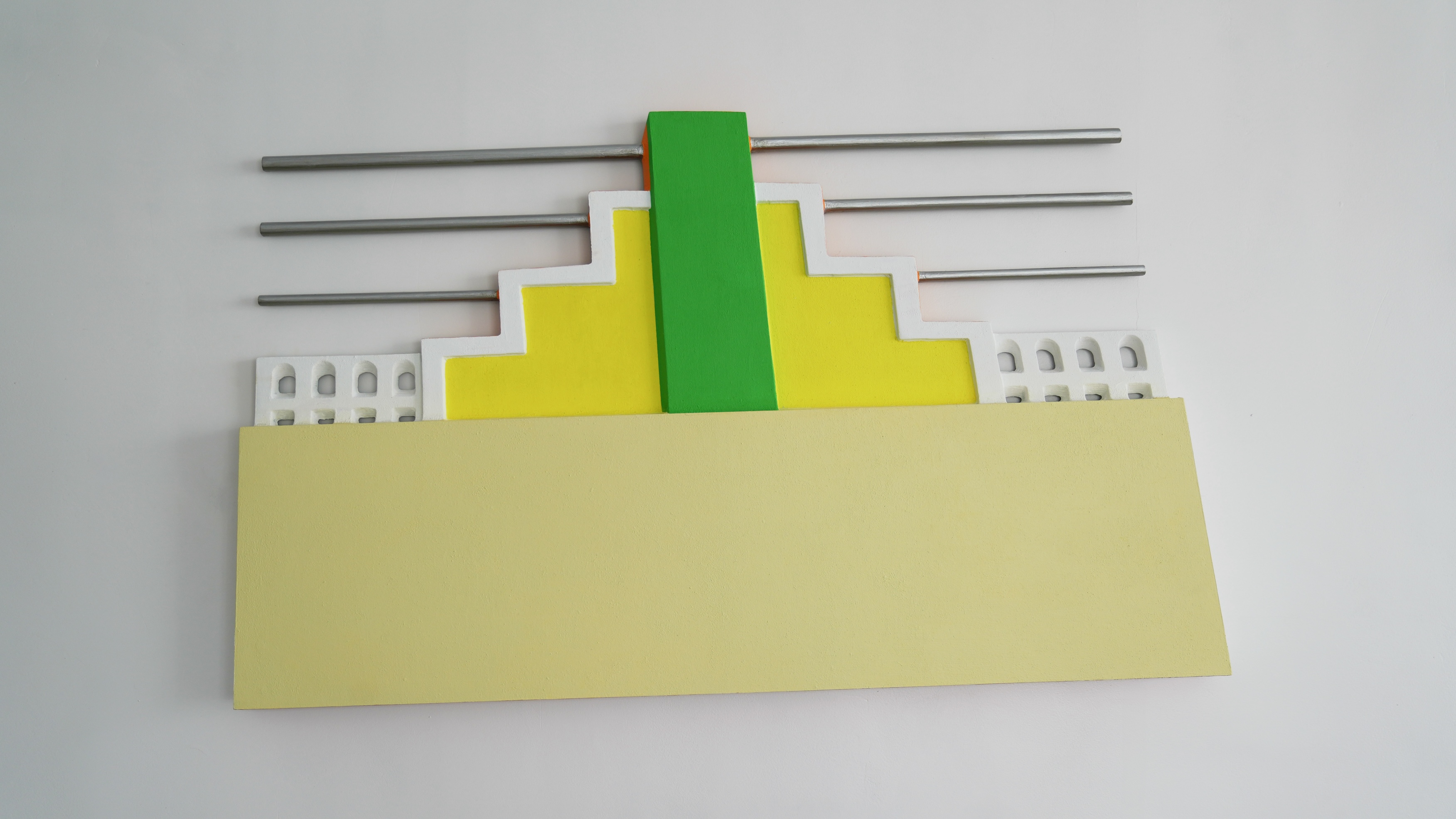
Meru, Acrylic and gesso on wood bas-relief, 87 x 54 x 5 cm, 2025
Ready to Move
< Back
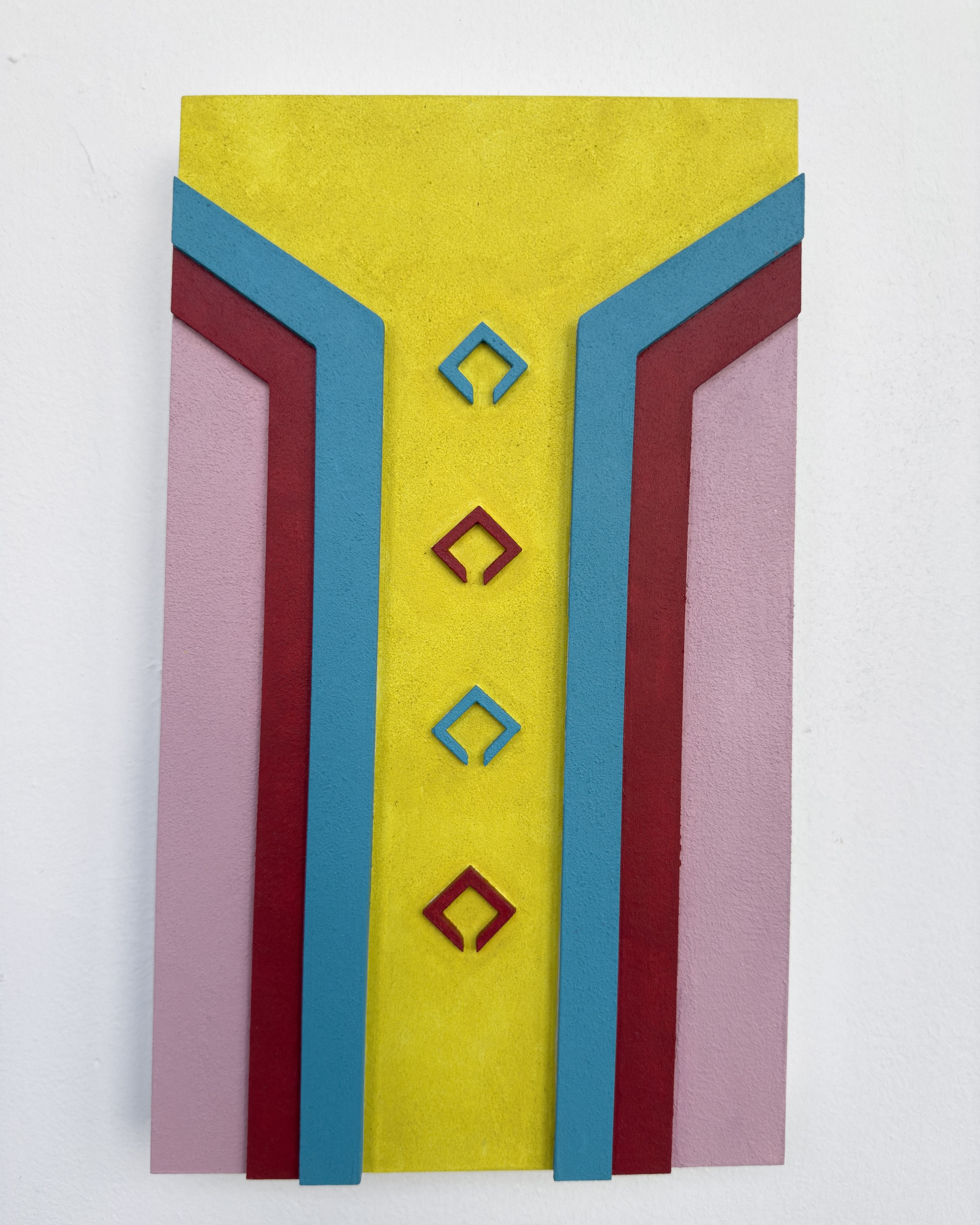
Sail, Acrylic on wood bas-relief, 33.5 x 21 x 2.4 cm, 2024
Ready to Move
< Back
_Front.jpg)
Vaṇṇa Toṭarpu (after Albers), Acrylic and gesso on wood bas-relief, 60 x 53 x 6.8 cm, 2025
Ready to Move
< Back
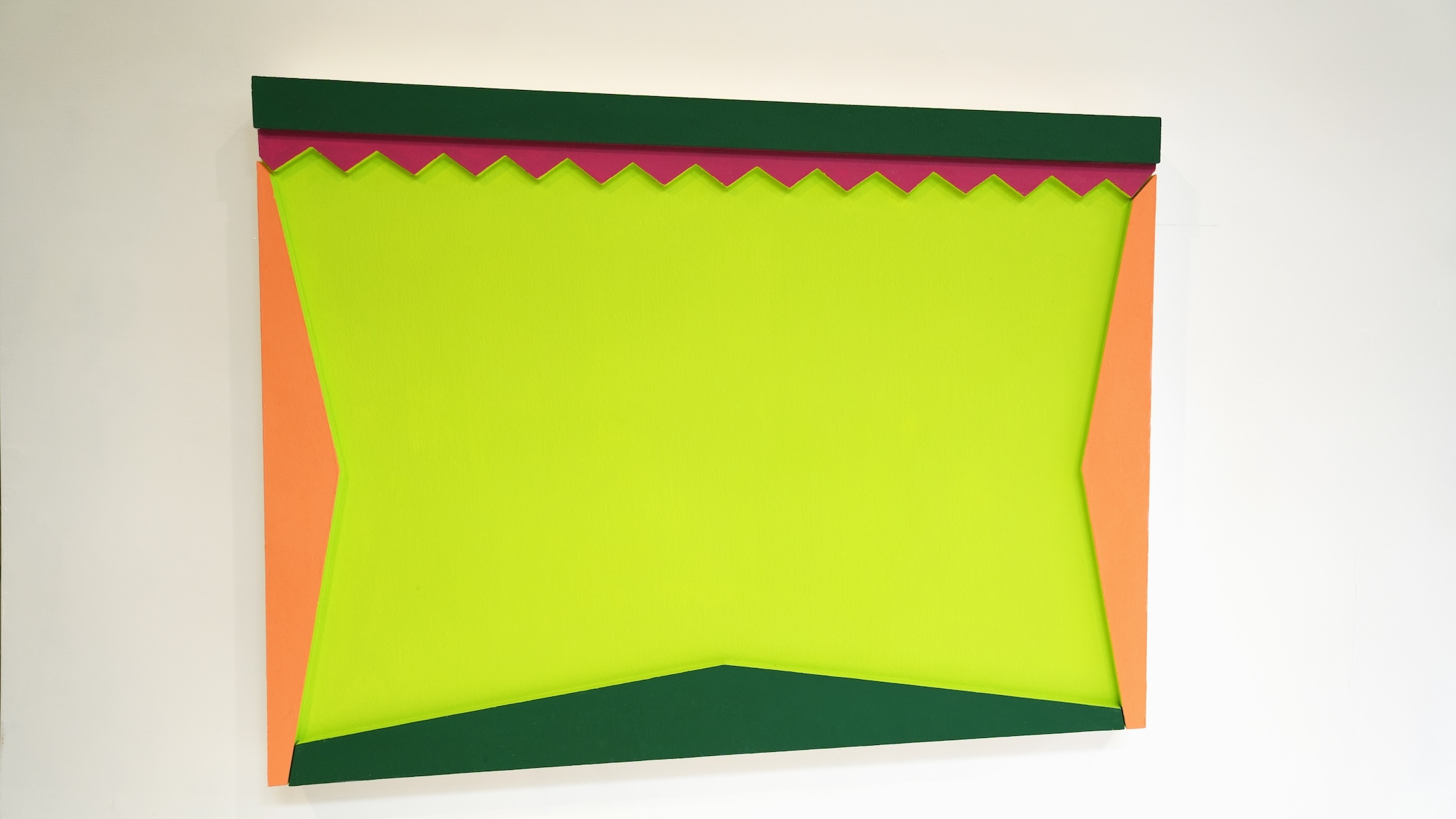
Aruna Nagar, Acrylic on cotton duck canvas and wood bas-relief, 61 x 77 x 6.7 cm, 2025
Ready to Move
< Back

Varkala, Acrylic and wall paint on wood bas-relief, 18.5 x 196 x 1.8 cm, 2025
Ready to Move
< Back
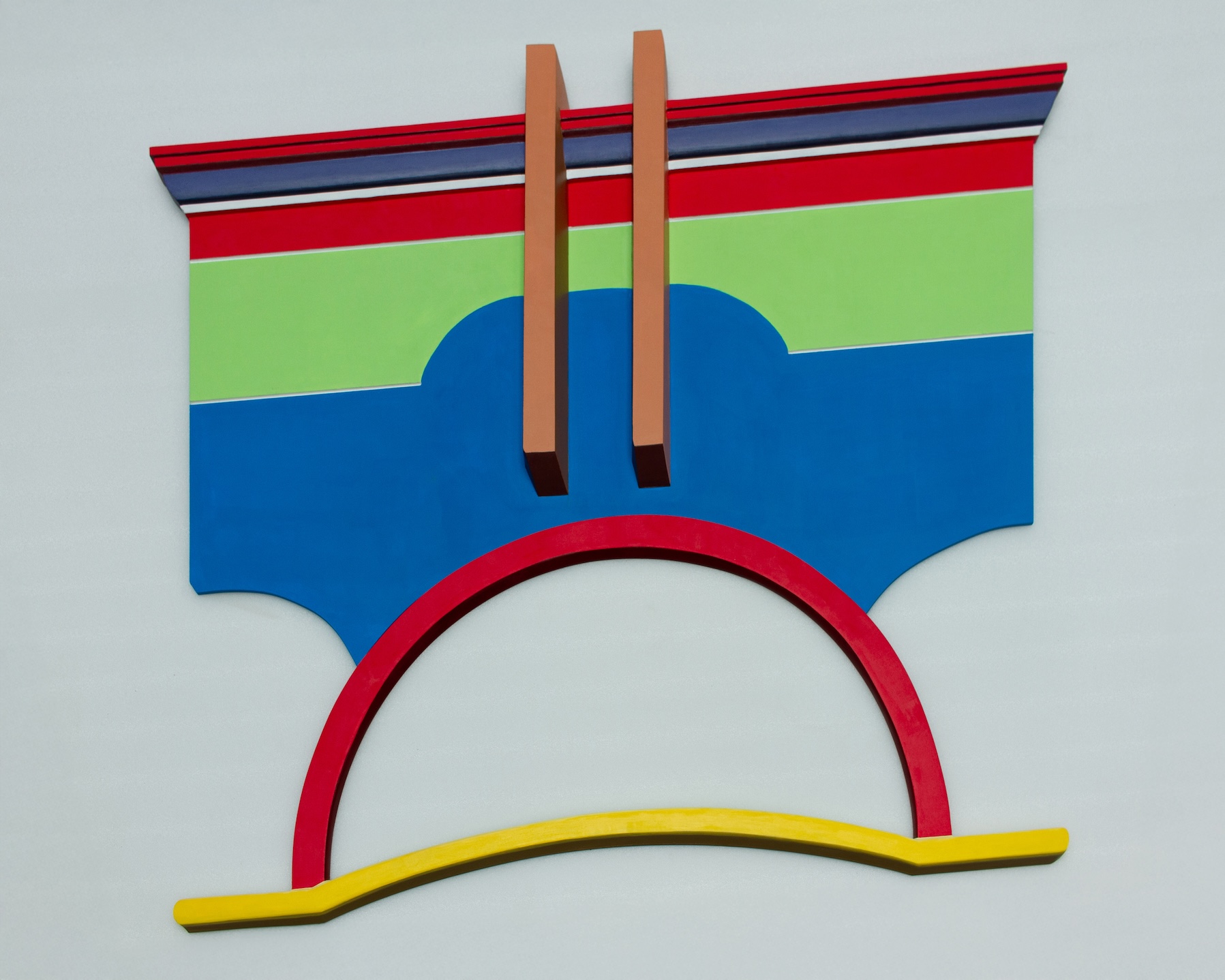
Sri Mahal, Acrylic and wall paint on wood bas-relief, 161.5 x 152 x 6 cm, 2025
Ready to Move
< Back
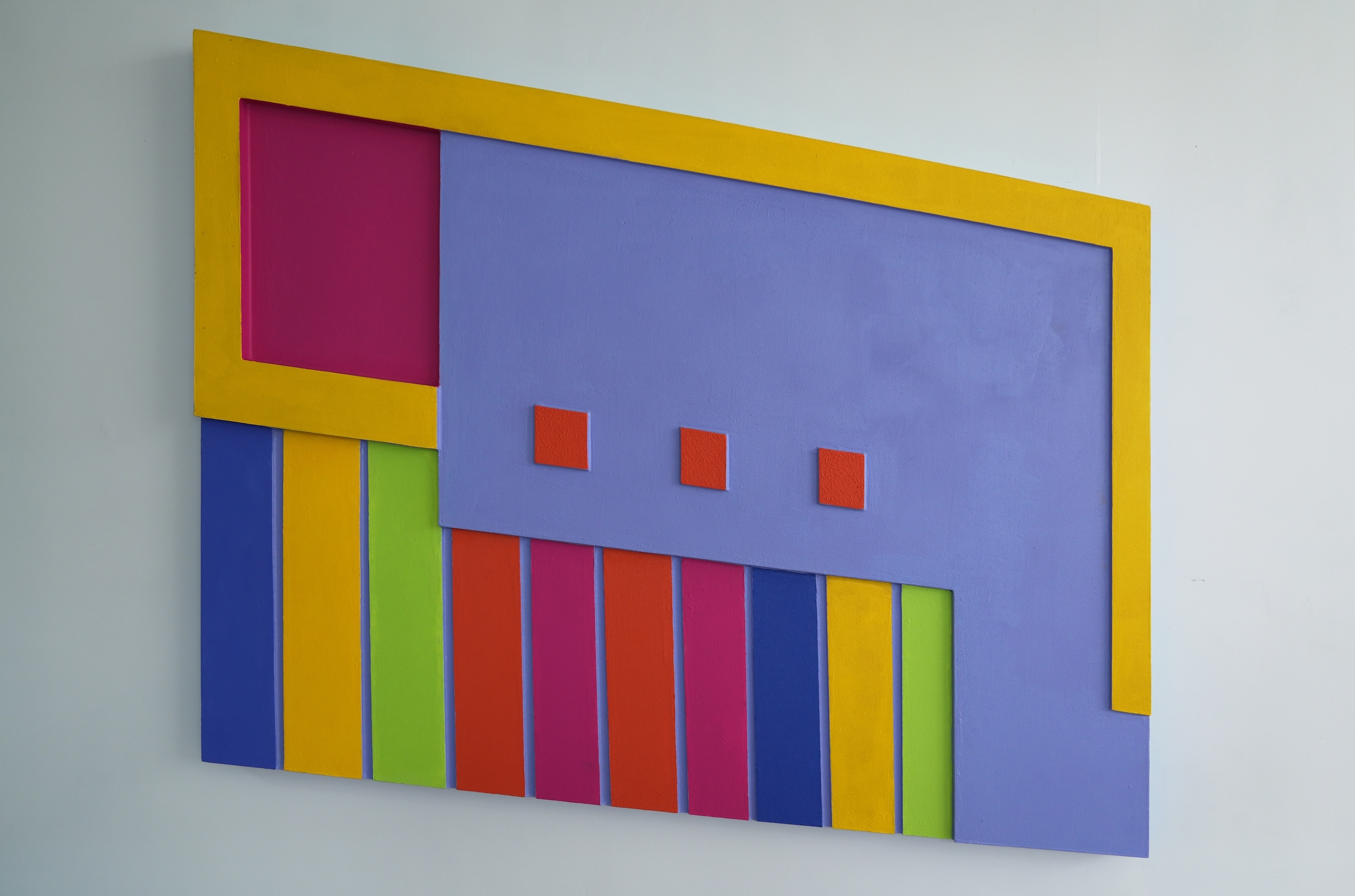
Nilakottai, Acrylic and wall paint on wood bas-relief, 85.5 x 98.5 x 5 cm, 2025
Ready to Move
< Back
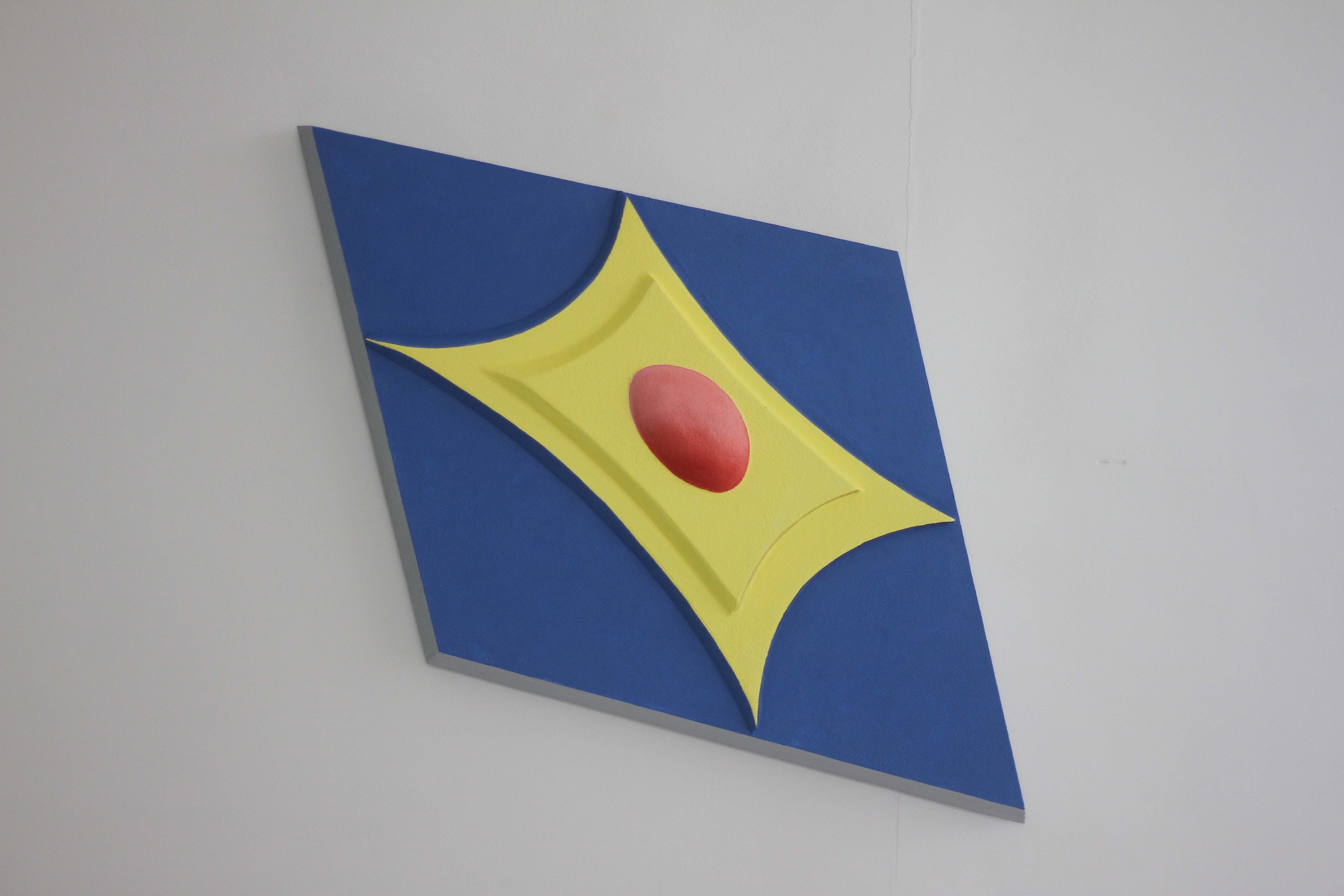
Sparkle, Acrylic and gesso on wood bas-relief, 35.6 x 44 x 2.5 cm, 2025
Ready to Move
< Back
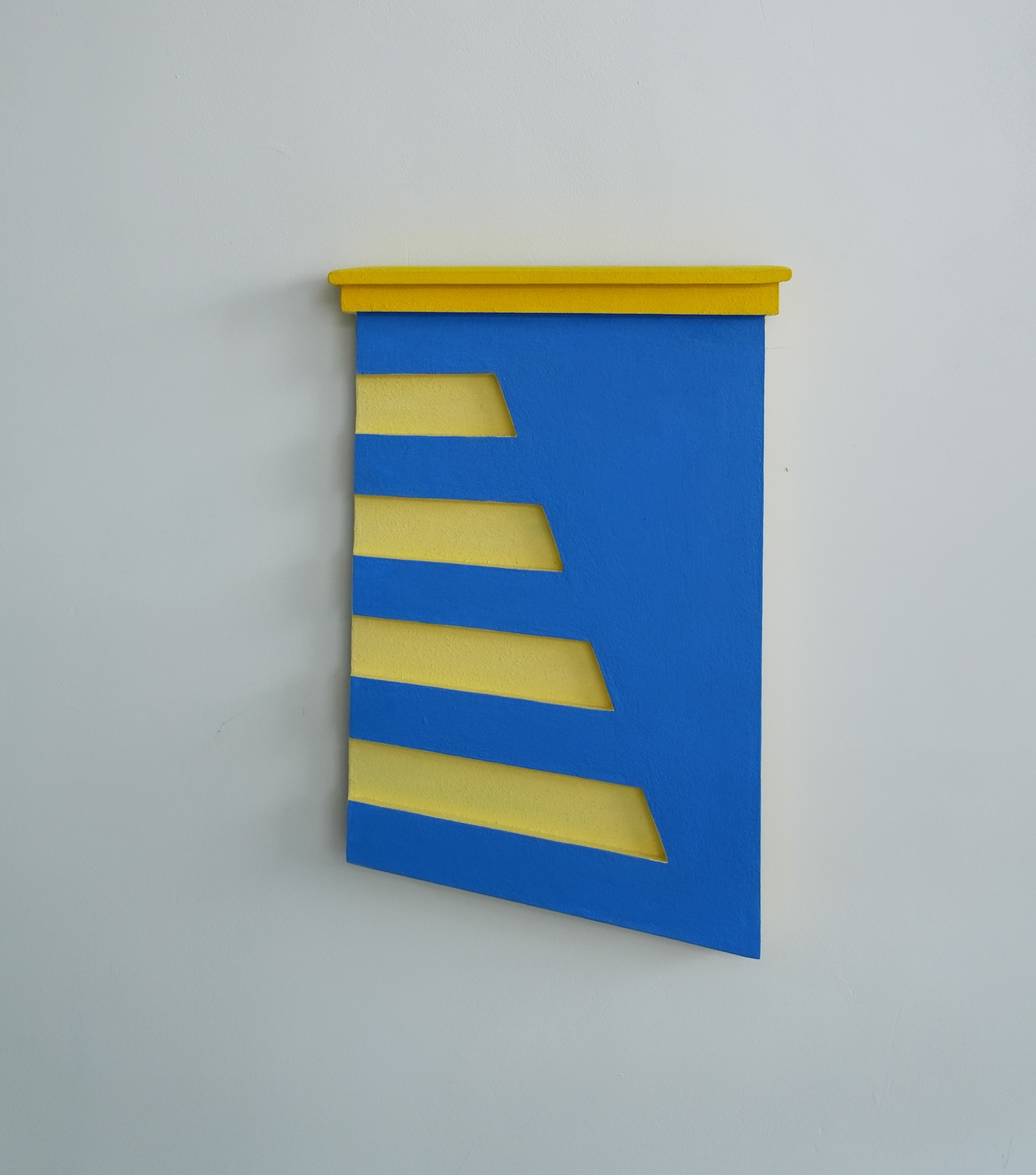
Blue and Yellow, Acrylic and gesso on wood bas-relief, 26 x 39 x 4.8 cm, 2025
Ready to Move
< Back

Kelly B, Acrylic and wall paint on wood bas-relief, 71 x 108 x 1.8 cm, 2025
Ready to Move
< Back
